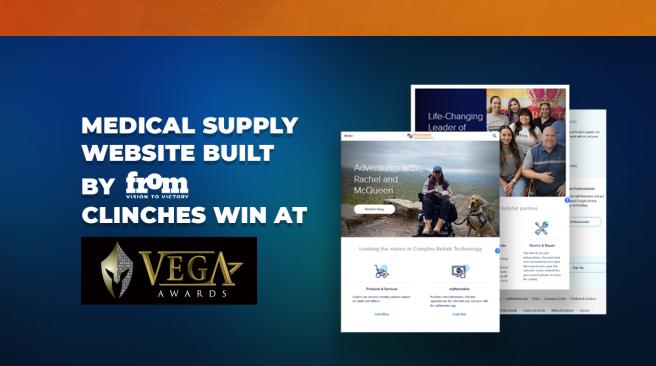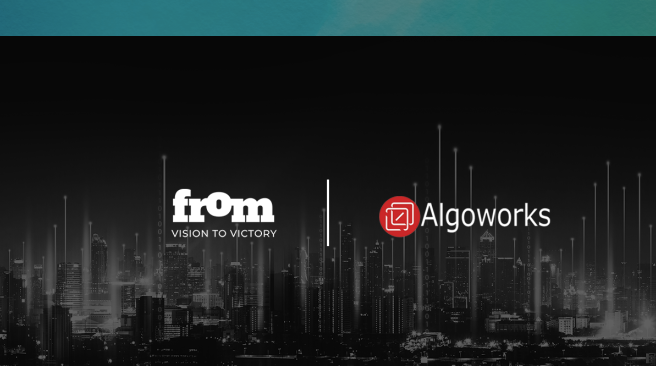Insights | By Howard Tiersky
Know Your Customers
How well do you know your customers?
Early in my career, I had the chance to lead a product development team in creating a new kind of internal communication platform for large accounting firms. Our target users were auditors and tax consultants. We worked with those types of people often, so we felt we knew what they needed.
We "checked the box" that we knew our customers, got creative and came up with the idea that we loved. It was innovative, creative, exciting. It still brings a smile to my face, remembering how awesome an idea it was. We worked eighteen hours a day for months on that idea. We were inspired and committed to the product fulfilling its potential. We were on a mission.
So, what happened when the product launched?
The features we thought were so fantastic were of marginal importance to our users, and we had overlooked some of their critical needs. Also, the product had some major usability problems, because we didn’t fully understand all the circumstances under which the product would be used. It was a disaster; our sponsors pulled the plug. We couldn’t believe it! We had cared so much! We had tried so hard! But truthfully, it was entirely predictable.
We fell in love with our idea, instead of falling in love with our users. We wanted our product to fulfill its potential, instead of thinking about how to help our customers fulfill their potential.
These mistakes are not uncommon. According to Nielsen, 85% of new products fail, no doubt for multiple reasons.
Imagine this: your next product has a set of features that solved a huge problem for your customers. Those features were communicated in a way they found easy to understand, and the product was available at a price they were ready to pay. Do you think that product would have an 85% chance of failure?
How well do you know your customer? What does it even mean to “know” your customer?
FEI has asked me to speak to you at their upcoming conference about the five key challenges large enterprises face around innovation. Lack of true customer insight is second on that list. Here are a few quick tactics to help you incorporate the “Voice of the Customer” into your product development process:
1. Humility
Have you ever bought something expensive, that you totally intended to use, but once you bought it, you only used it once, and then barely ever again? Or you committed to a gym membership, and then never went?
The reality is, we don’t even know ourselves all that well! Acknowledge that it's no small feat to understand someone else well enough to predict their future behavior.
2. Get Specific
What do you need to know about your potential customers or users of your product that would really make a difference?
- Why do they do business with you?
- What are their unmet needs?
- How is their world changing?
- Who else is courting them?
- What do they like least about your product/service?
- There's something that, if you could do, would make them pay double: what is it?
3. Involvement
It’s not enough to have one market research person who supposedly understands the customer. Ideally, you want everyone on the team to have a tangible understanding of your product’s user. Just reading someone else's PowerPoint overview really doesn’t give you the kind of gut understanding. I like to have everyone on our product design team spend at least a couple of days trailing customers and watching them in their native habitats. This allows the team to really understand the customers’ world and their current reality. Team members always come back from that type of personal experience full of ideas.
4. Iteration
The world is changing fast, and so are your customers. You have to keep studying them and learn how their needs are changing. As your product moves from an idea to a prototype, to beta, take every opportunity you can to study how users react.
5. 4D Listening
Lastly, when you’re studying your customers, try to see past the surface of what they’re telling you they need to what they actually need. Henry Ford once said, “If I asked my customers what they wanted, they would say ‘faster horses.'” Which is exactly it! Your customers may not be able to envision the kind of solutions your product team can conceive. So listen past their stated requests, to fully understand their underlying concerns and needs. Your customers want to go faster, and hopefully, you can come up with a far more practical solution than trying to breed faster horses.
To receive more thought leadership videos on customer experience and other digital transformation topics, follow me on Twitter (@Tiersky) or join our mailing list.













